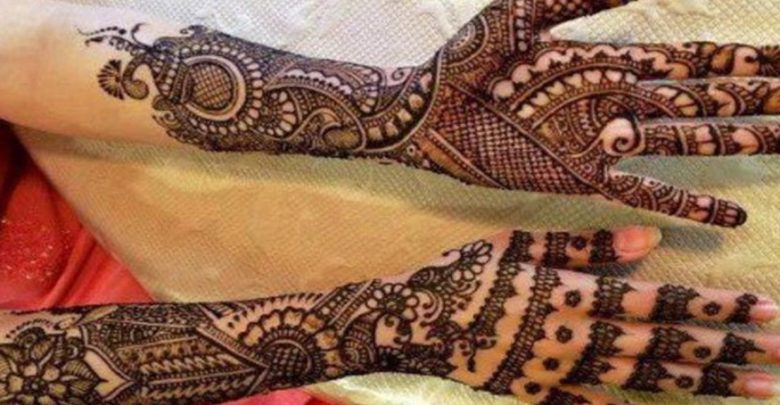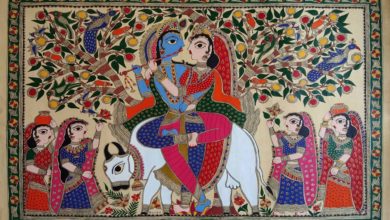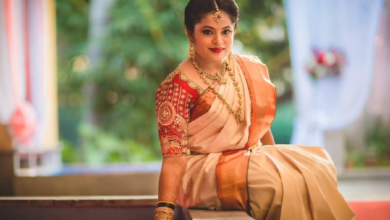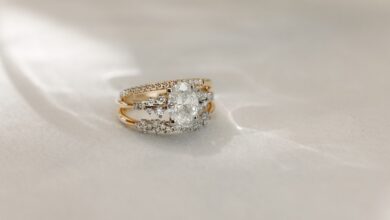What Makes Mehndi So Important Part Of Indian Culture & Marriages?

Mehndi has a really great significance in the Indian culture. Be it different occasions or wedding ceremonies, the women adore beautiful mehndi patterns on their hands and feet. The beauty of mehndi is that when applied to the skin it leaves a mark just like a dye which is not harmful to the skin.
The intricate designs include the different patterns depicting the culture and biodiversity. India is a home to different cultures with each having its own set of traditions, but mehndi is one element that is significant in each of them.
The benefits of mehndi are not just limited to being used as the ink, but there are various medicinal uses as well. The usage of mehndi as a medicinal herb is also depicted in the ancient literary works of the Hindus that date back to 3000 years.
It is believed that the beautiful greek princess, Cleopatra used to apply mehndi on her body to enhance her looks in ancient times. It is also believed that Prophet Muhammad used mehndi to dye his beard while also administered its use to the people who were unwell, this made mehndi an important part of Muslim culture too.
There are various different occasions on which mehndi is worn by the women, and among them, the most important is during Hindu weddings. For these celebrations, you can hire a top mehndi artist in Mumbai who’ll help the women of both the houses in wearing gorgeous patterns of mehndi on their hands as it is considered a way to bless the bride and the groom as they step into their new life.
The cultural importance of mehndi can be understood by the following points:
Helps Soothe Out The Stress
The Indian bride is embellished with the most awesome designs covering her hands and the feet. Usually, the mehndi ceremony is organised a day or two prior to the wedding ceremony as mehndi helps to soothe the body and relaxes the muscles. This helps in easing out the stress that all the planning of the wedding brings along with it.
MehndiAs A Representation Of Love
The colour of the mehndi, in the Indian beliefs, is considered to be a representation of love that’s shared by two people towards each other. It is considered that the darker the colour, the more love and respect for each other will be there in the relationship.
Mark Of Good Omen
It is also considered that a bride who’s embellished with some great looking mehndi patterns on her hands and feet, brings in a lot of good luck as she steps in her in-laws’ house. Mehndi is considered as a way by which the gods bless the new couple for their new beginnings.
Simply Because Of Its Beauty
Yes, we believe that even if the beliefs that exist in the Indian cultures wouldn’t have been there, then simply the beauty of the intricate mehndi design patterns are enough to steal the heart away of any person. Although there are a lot of different mehndi patterns like the Indian mehndi, Arabic mehndi design, Pakistani mehndi and contemporary mehndi, they all look equally embellishing.
Defends Oneself From Falling Ill
Mehndi has been used as a medicinal herb for quite a long time now. Being a cooling agent it is used for curing headaches and fever. Mehndi ensures that the anxiety doesn’t take its toll on the bride and the groom. It helps in better blood circulation and thus helps in maintaining the beauty of the bride and the groom by Beauty Station
Mehndi Being The Important Part Of Festivities
Not only on the wedding but on various other occasions that are celebrated in the different cultures, mehndi plays a very important part. Be it Deepawali, or Eid, mehndi on each of the occasions have a different meaning and the beautiful mehndi patterns are sported by the women on their hands in its full glory.
These are some of the things that make mehndi an inseparable part of Indian culture. With the modernisation of mehndi, it is now also being used as an ink for the temporary tattoos as well and had become really popular in the western countries as well.




